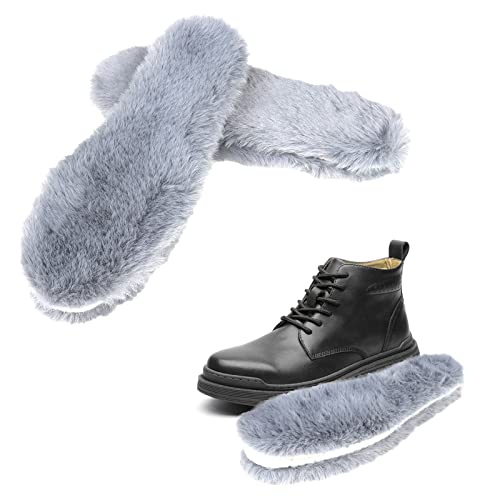paintrider89
Well-known member
It CAN be done at home. I read all over the internet that the dog had to be taken to the vet or it would die for sure ect. I disagree. My past week has been filled with saving my 5 month old pup. Her sister came down with a new parvo strain. They play together all of the time, when we learned she has it we started watching Rosie. A second pup from the litter also came down with it...so we watched and waited.
Last Wednesday she threw up and got lethargic. I started giving pedilite by mouth with a turkey blaster. I also rubbed honey on her gums several times a day, hopeing to keep her blood sugar up. By Friday night she couldn't keep anything down. I picked up a 60ml syringe and some needles and gave her pedilite and water sub q. Or under her skin on her neck. I also gave her a small dose of penicillin and a vitamin b complex shot. Yesterday she started drinking on her own, and I offered baby food. After I was sure she was able to keep food down, I gave her some eggs. By last she was eating small ammounts of her dog food, and over night finished all of her water in her dish. Today she is eating, drinking and acting normal. I do think she is still recocering, but after 4 days without food I can understand that.
I wanted to post this because when I was looking online I found most people who cared for their dogs at home, and were purchasing a medication online. I know that some times that's just not feasible.
Both other pups who got the parvo are also still alive and well. One was taken to the vet (which is how we knew to watch ours) the other was also taken care of at home only, and while he had a longer recovery (they didn't catch him as quick) he is recovering, and has improved greatly. I have a small list of things I noticed seem to help or I used.
Pedilite
Vitamins - C, B complex and B 12
Anti nausia meds
Honey
Warm baths
Penicillin (animal grade)
Baby food
Lots of time
Also small disclaimer, all three of these pups had their shots and were up to date. There have been 20+ dogs in our area with a new strand of parvo according to the vet. And while I believe in taking sick animals to the vet, I also know people who simply can't afford a $1000+ vet bill for parvo. Should out pup have gotten beyond saving and into suffering, we would have taken her in and had her euthanized, as I can not watch an animal suffer. We never experienced bloody vomit or stool, because I was OCD about keeping her hydrated.
Last Wednesday she threw up and got lethargic. I started giving pedilite by mouth with a turkey blaster. I also rubbed honey on her gums several times a day, hopeing to keep her blood sugar up. By Friday night she couldn't keep anything down. I picked up a 60ml syringe and some needles and gave her pedilite and water sub q. Or under her skin on her neck. I also gave her a small dose of penicillin and a vitamin b complex shot. Yesterday she started drinking on her own, and I offered baby food. After I was sure she was able to keep food down, I gave her some eggs. By last she was eating small ammounts of her dog food, and over night finished all of her water in her dish. Today she is eating, drinking and acting normal. I do think she is still recocering, but after 4 days without food I can understand that.
I wanted to post this because when I was looking online I found most people who cared for their dogs at home, and were purchasing a medication online. I know that some times that's just not feasible.
Both other pups who got the parvo are also still alive and well. One was taken to the vet (which is how we knew to watch ours) the other was also taken care of at home only, and while he had a longer recovery (they didn't catch him as quick) he is recovering, and has improved greatly. I have a small list of things I noticed seem to help or I used.
Pedilite
Vitamins - C, B complex and B 12
Anti nausia meds
Honey
Warm baths
Penicillin (animal grade)
Baby food
Lots of time
Also small disclaimer, all three of these pups had their shots and were up to date. There have been 20+ dogs in our area with a new strand of parvo according to the vet. And while I believe in taking sick animals to the vet, I also know people who simply can't afford a $1000+ vet bill for parvo. Should out pup have gotten beyond saving and into suffering, we would have taken her in and had her euthanized, as I can not watch an animal suffer. We never experienced bloody vomit or stool, because I was OCD about keeping her hydrated.































